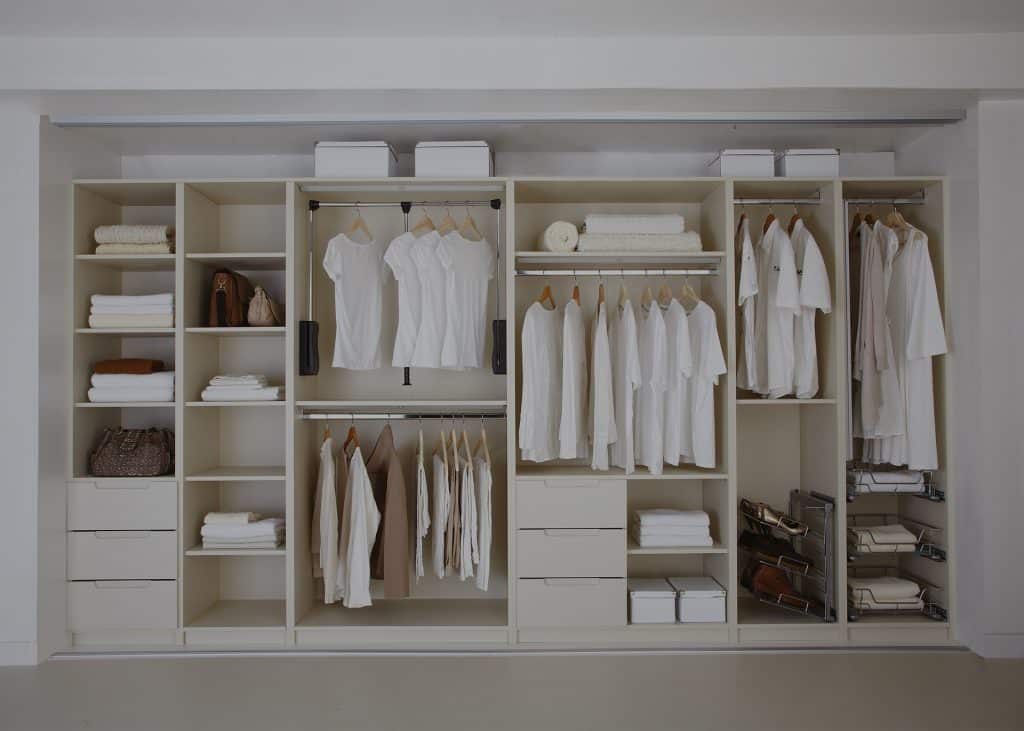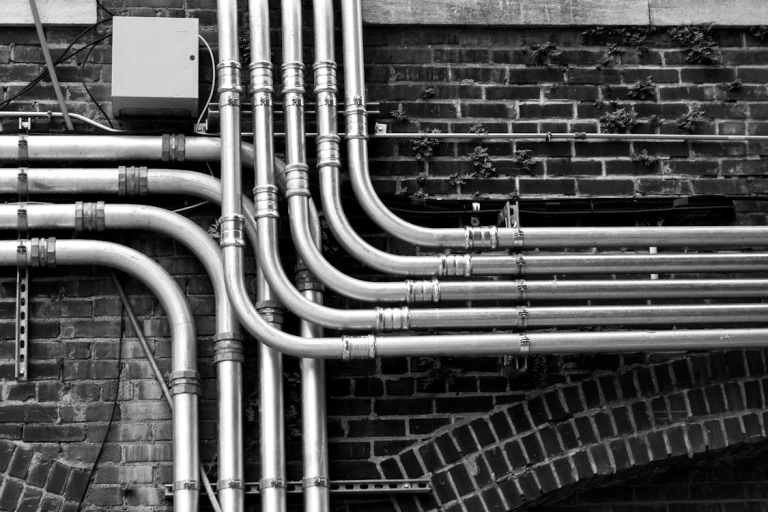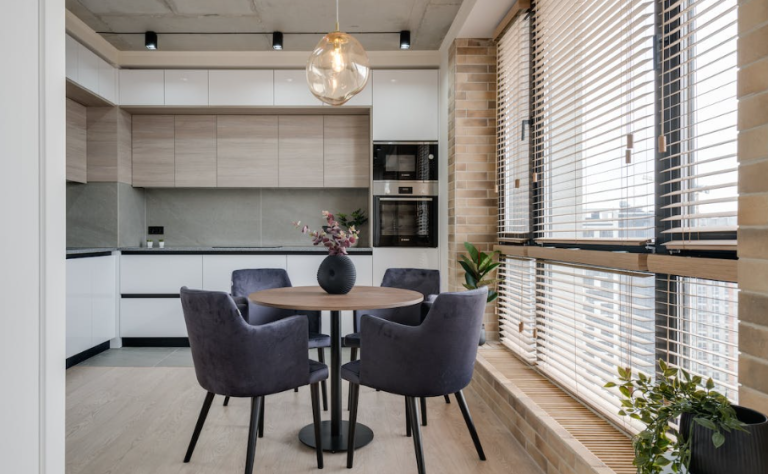Is Vinyl Tile Good for Flooring?

Table of Contents
Vinyl tile flooring has become an increasingly popular choice for homeowners and commercial spaces due to its versatility, durability, and aesthetic appeal. This comprehensive article will explore the benefits and drawbacks of vinyl tile as a flooring option, along with its installation processes, maintenance, and environmental considerations.
Benefits of Vinyl Tile Flooring
1. Durability and Resilience
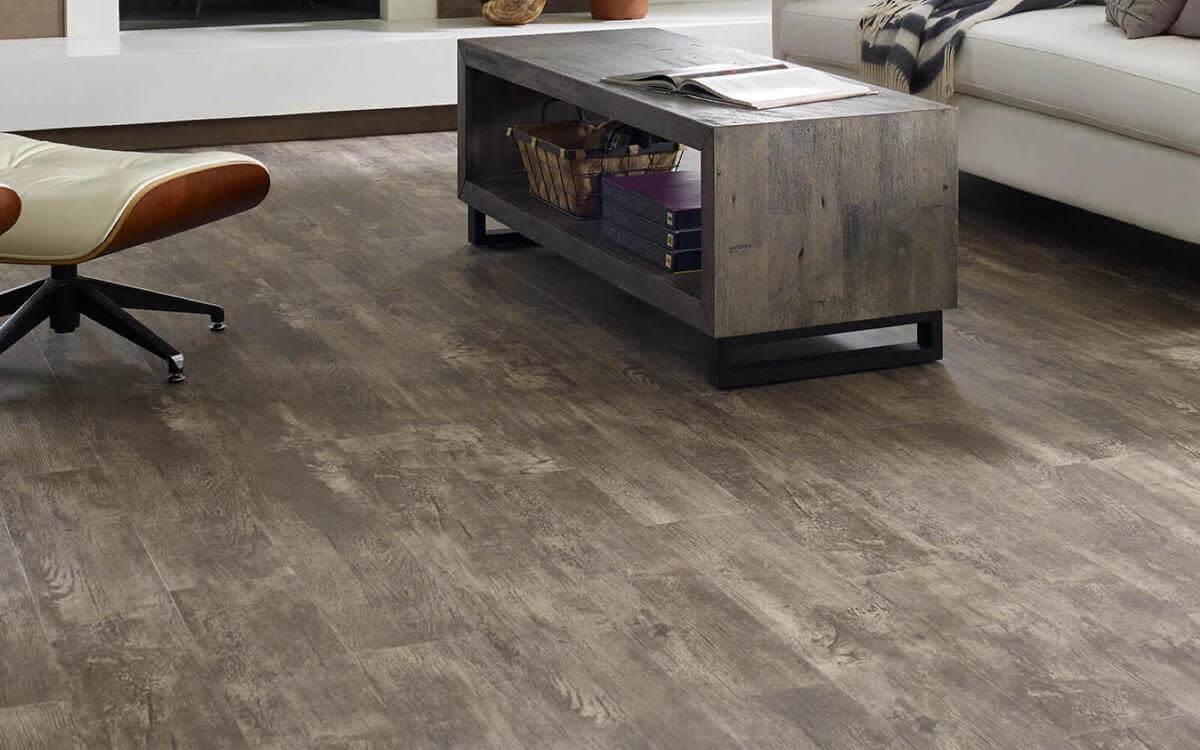
Vinyl tile flooring is renowned for its resilience. It is resistant to dents, scratches, and staining, which makes it an ideal choice for high-traffic areas. The durability stems from its manufactured layers, which include a tough wear layer that can withstand daily abuse.
2. Affordability
Compared to other flooring materials like hardwood, stone, or ceramic tiles, vinyl tiles offer a cost-effective solution. Not only are the tiles themselves less expensive, but the installation costs are also generally lower, making it a budget-friendly option for many.
3. Ease of Installation
Vinyl tiles can be installed by the average DIY enthusiast. They typically come in peel-and-stick varieties or can be clicked together like laminate flooring. This ease of installation can save homeowners on labor costs and time.
4. Variety of Designs
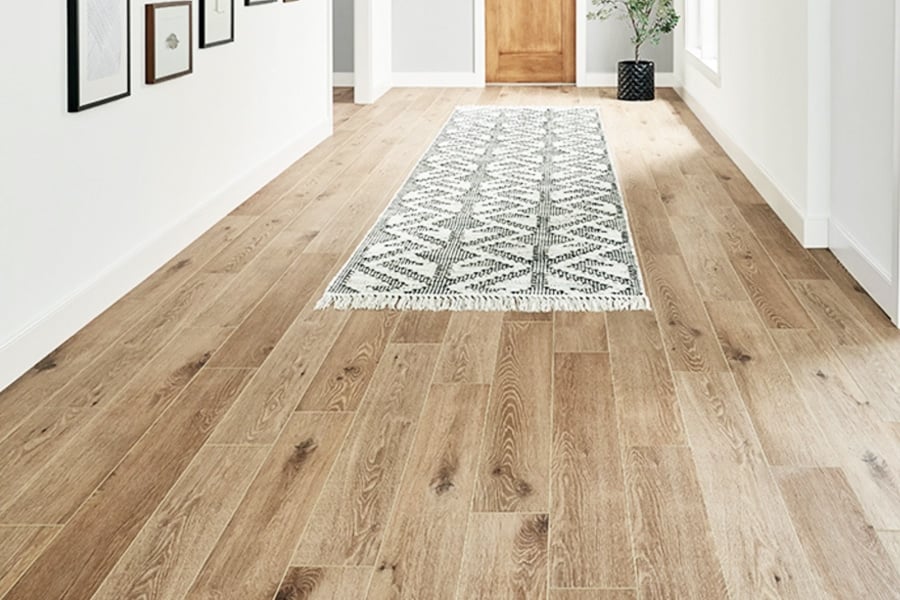
One of the most appealing aspects of vinyl floor tiles is the vast range of designs available. With advanced printing technology, vinyl tiles can mimic the look of natural wood, stone, and other textures, offering aesthetic flexibility that fits any décor style.
5. Water Resistance
Vinyl tiles are inherently water-resistant, making them an excellent choice for moisture-prone areas like bathrooms, kitchens, and basements. This water resistance also contributes to the material’s longevity and ease of maintenance.
Installation Process
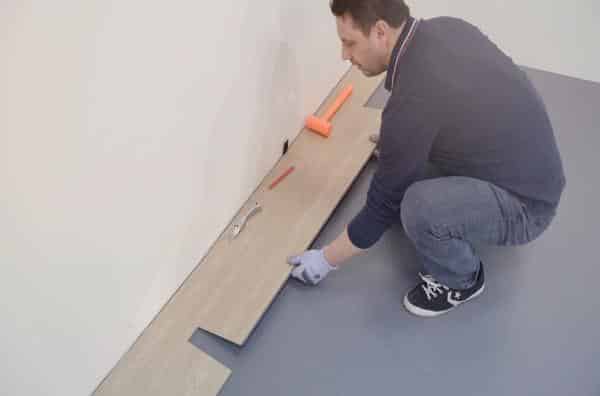
The installation of vinyl tile flooring typically involves the following steps:
Subfloor Preparation: Ensuring the subfloor is clean, dry, and level is crucial for a successful installation. Any bumps or imperfections can telegraph through the vinyl, leading to a less than desirable finish.
Layout and Measurement: Measuring the room and planning the layout minimizes waste and ensures the pattern fits well in the available space.
Cutting and Fitting: Vinyl tiles can be cut with a utility knife, making it easy to fit them around corners and obstacles.
Adhesion: Depending on the type of vinyl tile, it may need to be glued down or simply stuck in place with a peel-and-stick backing.
Maintenance and Care
Maintaining vinyl tile flooring is relatively straightforward. Regular sweeping and occasional mopping with a mild cleaner are usually sufficient to keep the floors looking new. It is advisable to avoid abrasive cleaners and to use protective pads under furniture to prevent scratches.
Vinyl tile flooring offers a practical and attractive option for those seeking a durable, affordable, and stylish flooring solution. While it does come with some drawbacks, particularly concerning environmental impact and sensitivity to temperature changes, its benefits often outweigh these concerns for many users. As with any flooring choice, weighing the pros and cons in relation to the specific needs of your space is essential.

